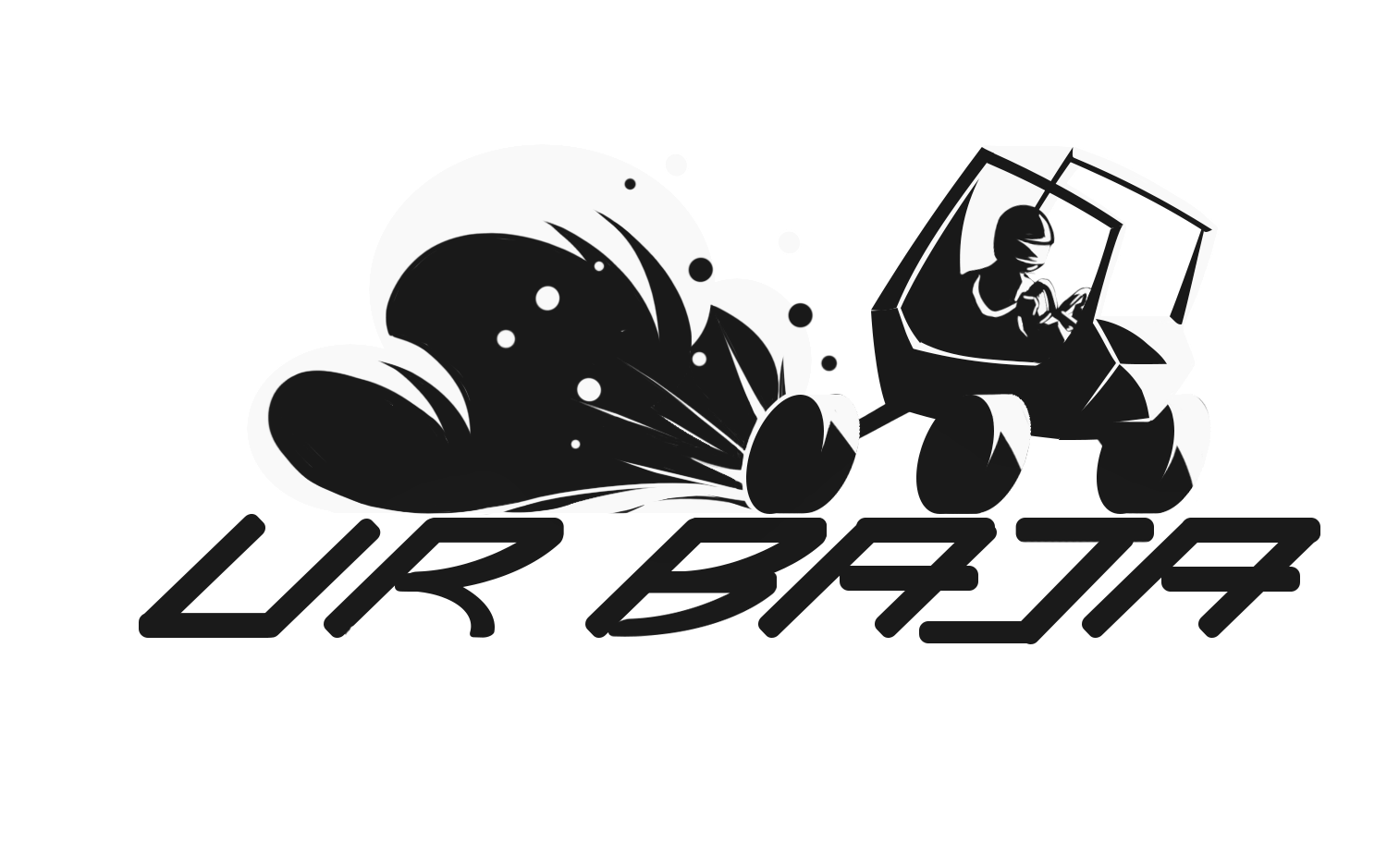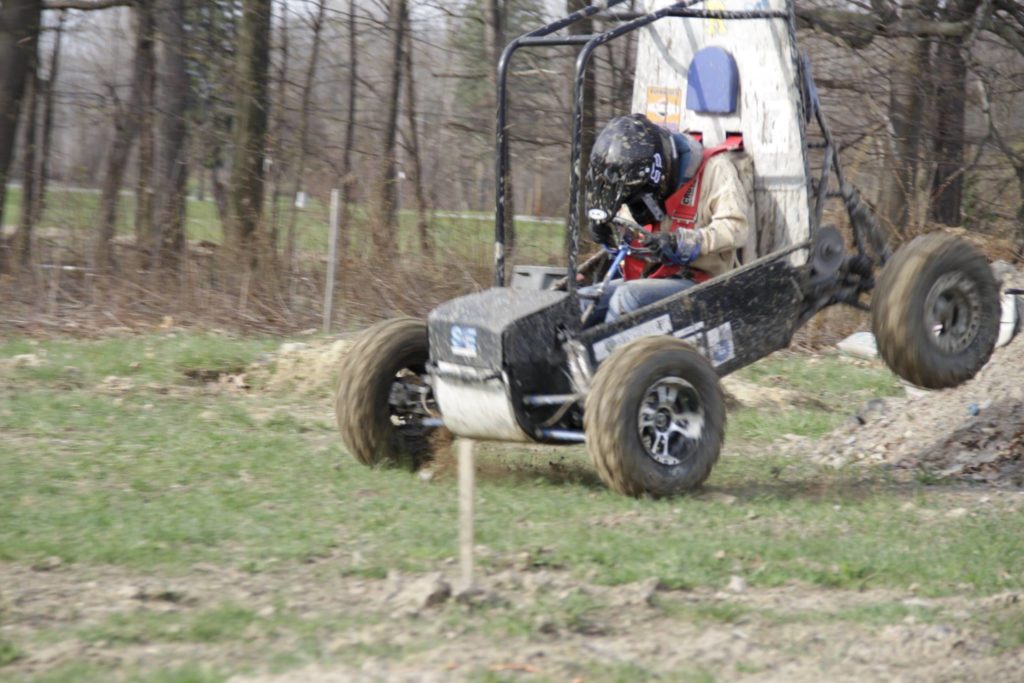By Wendy Snyder (Mechanical Engineering, ’17)
The Baja manufacturing season is typically a full semester of chaos. There are many long days in the shop, numerous late nights, and often a last-minute scramble to finish the car in time for the first competition. At the start of this school year, the team was looking forward to the benefit of having both competitions after the end of the semester, providing ample time for tuning and testing after the car was complete. As we all know too well, nothing changes like plans. After a hectic registration day, it was decided to attend the competition in California on April 27-30th. In addition to many other challenges introduced by attending a competition across the country, the timeline for completing the car was suddenly shortened by an entire month.
While daunting, the accelerated timeline motivated the team. We managed to meet our goal for completing the chassis and by the date we had set as a goal to have a running car, we had a nearly complete car. The hard work of team members to complete the car on schedule left us with almost an entire month to test, tune and tweak the car prior to competition. Testing and tuning is an important step in the engineering design cycle, one that our team has often struggled to complete in past years due to time and resource constraints.
With the car complete, we started listing out different aspects of our vehicle that we could measure and test to verify and validate our design and analysis. We started simple, measuring basic properties like vehicle weight and ride height. In response to the difficulties we experienced with our brake system last year, we looked to validate the analytical model we used for brake design this year. To do this, we took a few days to add a set of pressure gauges into the brake circuits to measure the pressure as a function of input force.
With the help of recent alumni Matt Isbell and our sponsor SimuTech Corp., we were able to get our Hall effect sensors working to collect data on our CVT shift curve. Using the data, we then adjusted our tuning settings to achieve the ideal shift curve determined by our model. During testing, we also measured the vehicle’s top speed using a radar gun. After determining ideal CVT settings to achieve the desired shift curve for standard driving, we moved to a hill and collected some data to see the response of the CVT in a hill climb scenario.
Once CVT settings were selected, the remaining time was spent tuning suspension to determine the optimal shock and tire pressures for different obstacles and to improve handling. Utilizing our small on-campus practice track, we drove the vehicle over tabletops, baby graves, logs, and tires. The car handled each obstacle with ease and settings were selected to obtain the smoothest traversal over all obstacles.
During our testing, we found a few components that required redesign or reinforcement. From each failure, we learned something new about the car, as well as our design and analysis. With the extra month spent testing and tuning, we had time to correct things we found that were wrong and improve what didn’t work quite as expected. All these corrections are valuable time saved at competition since we were able to catch them early and correct them before we even arrived at the site.
Of course, there are always more things to test and tune. We plan to further test in the time between the California and Kansas competitions once we have the opportunity to see how our car handles at a real competition. One main goal for this time is to use strain gauges for the first time in order to validate some of our load cases. After a year of hard work, the team is in one of the best places we have ever been as we head to competition in California. We are ready to go out, have fun, get dirty, and bring home a trophy!

